Macro photography captures an unseen world. And it’s not just about taking close-up images of your subjects. If you put a little effort into the preparation of the scene, your final images will be so much better. Renowned macro photographer Don Komarechka with DPReview TV presents some practical ideas that will help you take your macro photography to the next level:
Camera Settings for Macro Photography
In macro photography, it’s best to use your lens in manual mode. You’ll need to physically move the camera back and forth to achieve focus. And since depth of field is greatly reduced in macro photography, be sure to use higher aperture values (f/11 or more, for instance) to get more of the subject in focus. Komarechka also suggests that you use fast shutter speeds accompanied by high ISOs for sharper images.
Control the Environment
Photographers who are new to macro photography seem to pick up their macro lenses and immediately start looking for details in their subjects. But Komarechka suggests taking a different approach. He says you have to make something beautiful worth photographing:
“We need to start controlling the environment. We can’t just come across it and try to make the most of it. We have to try and manipulate it and modify it.”
For example, he took the effort to break the ice on the ground and take it to a different location. He placed a vibrant red flower behind the ice and illuminated the flower with a simple flashlight:
Pay Attention to the Background
Backgrounds play an important role in macro photography. If the background is unflattering, make it better. Komarechka uses small alligator clips to hold a petal and then uses a syringe to place a water droplet on it. He then he uses another flower as the background. By doing so, the water droplet acted as a lens to form an image of the flower.
In order to have better control over the light, he blocks off direct sunlight light from striking the setup. He then proceeds to make the background flower brighter with a simple flashlight. This adds to the contrast and overall drama in the final image:
Here are some other examples of images taken using the same concept:
Use Bokeh Balls
When specular highlights are out of focus, they create beautiful bokeh balls that can be used as creative backgrounds. Komarechka demonstrates using a mineral rock that he has for this purpose. However, there are cheaper alternatives. Look around for glitter packs or beads.
Budget-Friendly Macro Lenses
If macro lenses are too expensive for you, start with an inexpensive lens with extension tubes. The results may not be too flattering, but they’re great for starters. And if you’re up to the challenge, find tutorials on re-engineering a lens to make it work as a macro lens.
So keep in mind that the background and the foreground are both very important for macro photography. And instead of taking macro photos as-is, take control over the subject and lighting to make it more beautiful. Don’t be afraid of trying new things!
Like This Article?
Don't Miss The Next One!
Join over 100,000 photographers of all experience levels who receive our free photography tips and articles to stay current:
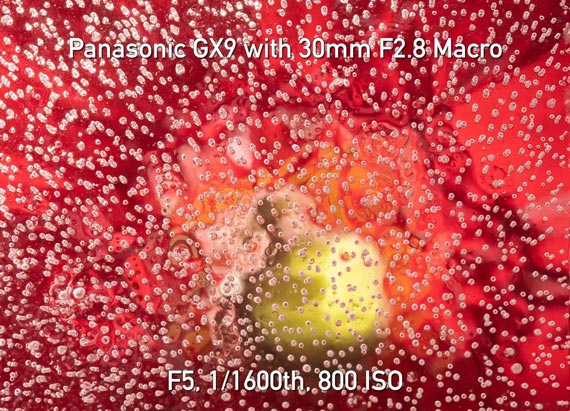
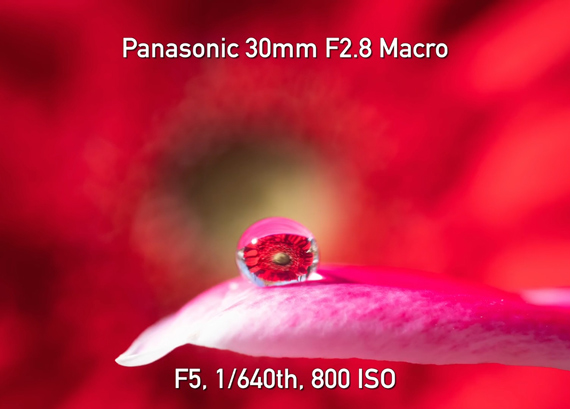
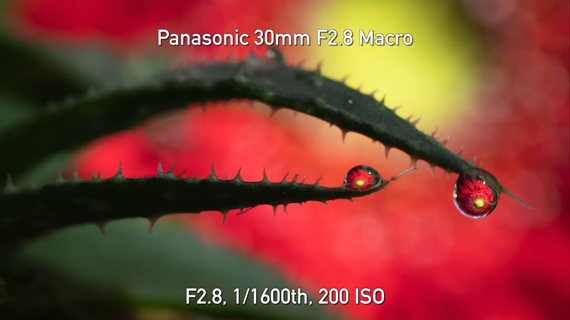
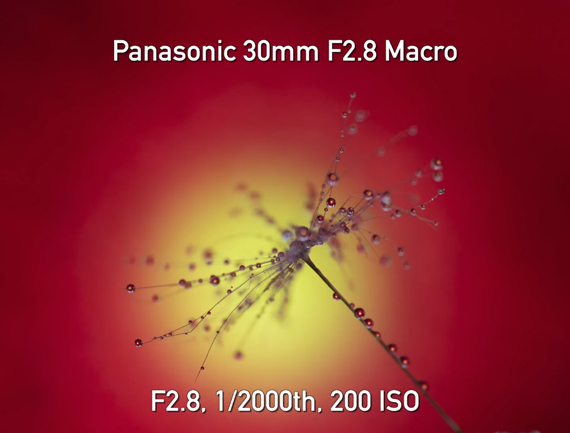
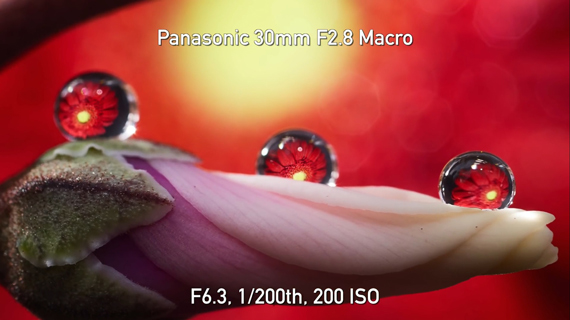
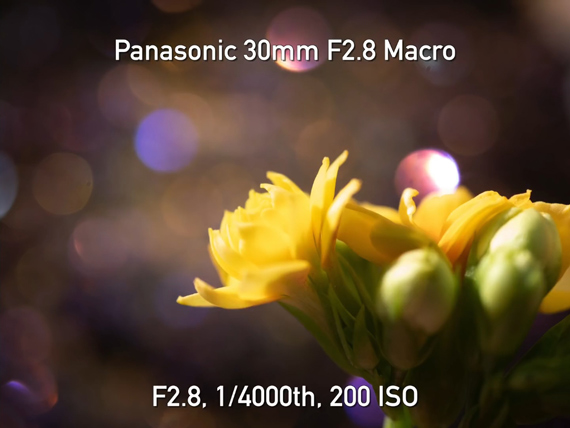






When using alligator clips to hold your subject, the clips will often cut through the stem. To avoid this, hold a thin plastic tube with the clip and then slip the flower stem into the tube. Voila, no more stem failures